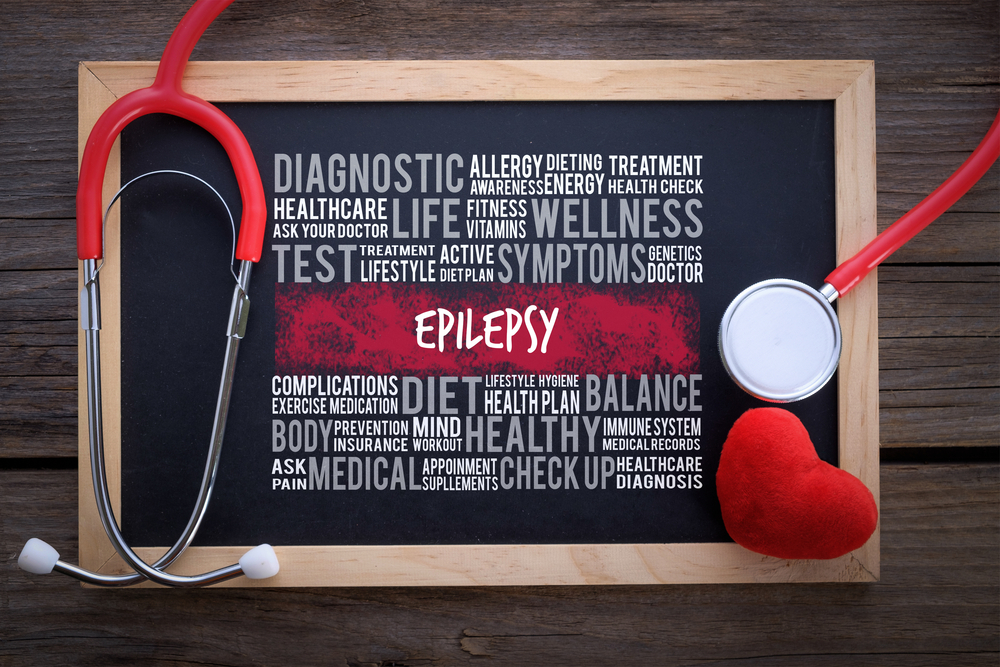An overview of the types of epilepsy seizures
The human body can perform all its functions seamlessly when every organ of the body works in unison to perform the task. A slight change in the functions of the organ can disrupt the entire functioning of the body. Epilepsy seizures are a kind of disorder that occurs when we there is a problem in our brain’s electrical system. It is a neurological condition that causes seizures in the brains.

Doctors have classified epilepsy seizures in different categories to aid the process of understanding it better. Here are the types of epilepsy seizures that have been outlined.
Focal seizures – When the seizure affects only a part of the brain and one can see epilepsy seizure symptoms surfacing, it is identified as focal seizures. Focal seizures are further classified into simple partial seizures and complex partial seizures. Simple partial seizures display epilepsy seizure symptoms but one does not lose consciousness here. Whereas, complex partial seizures display epilepsy seizure symptoms and the person loses consciousness while having a seizure.
Generalized seizures- When the seizure affects your entire brain and not a part of the brain, it is called generalized seizures. Generalized seizures are further divided into different categories. They are
a) Absence seizures – Also known as petit mal seizures, it usually affects children. This epilepsy seizure symptoms involves staring into a vacant space or jerking movements. Children can suffer brief loss of consciousness.
b) Tonic seizures – It involves the stiffening of our muscles and affects the muscles of our back, arms, and legs and can result in a sudden fall.
c) Atonic seizures – Here, the individual might lose control over his muscles completely and is prone to injuries if he falls.
d) Clonic seizures- This epilepsy seizure symptom shows constant jerking of muscles in the face, neck, and arms.
e) Myoclonic seizures- This seizure causes repetitive jerking movements in the arms and legs.
f) Toni-clonic seizures- This is a more severe kind of seizure where the individual loses consciousness, control over his muscle, and experiences repeated twitching of the muscles. Also, the person might lose control over his bladder as well.
Epilepsy seizures is a neurological disorder that must be treated. You can still lead a normal life even if you are suffering from it with the help of a good physician and proper treatment.




